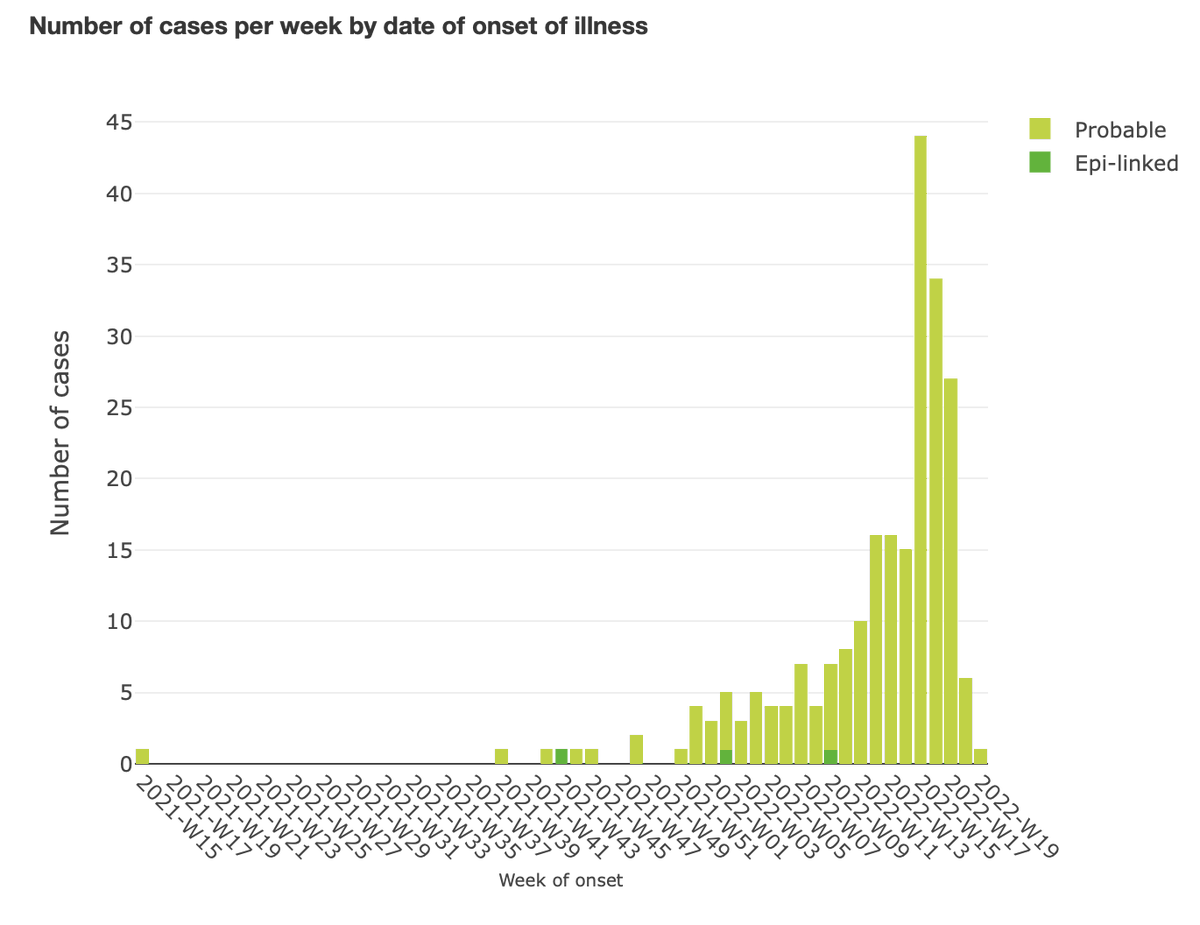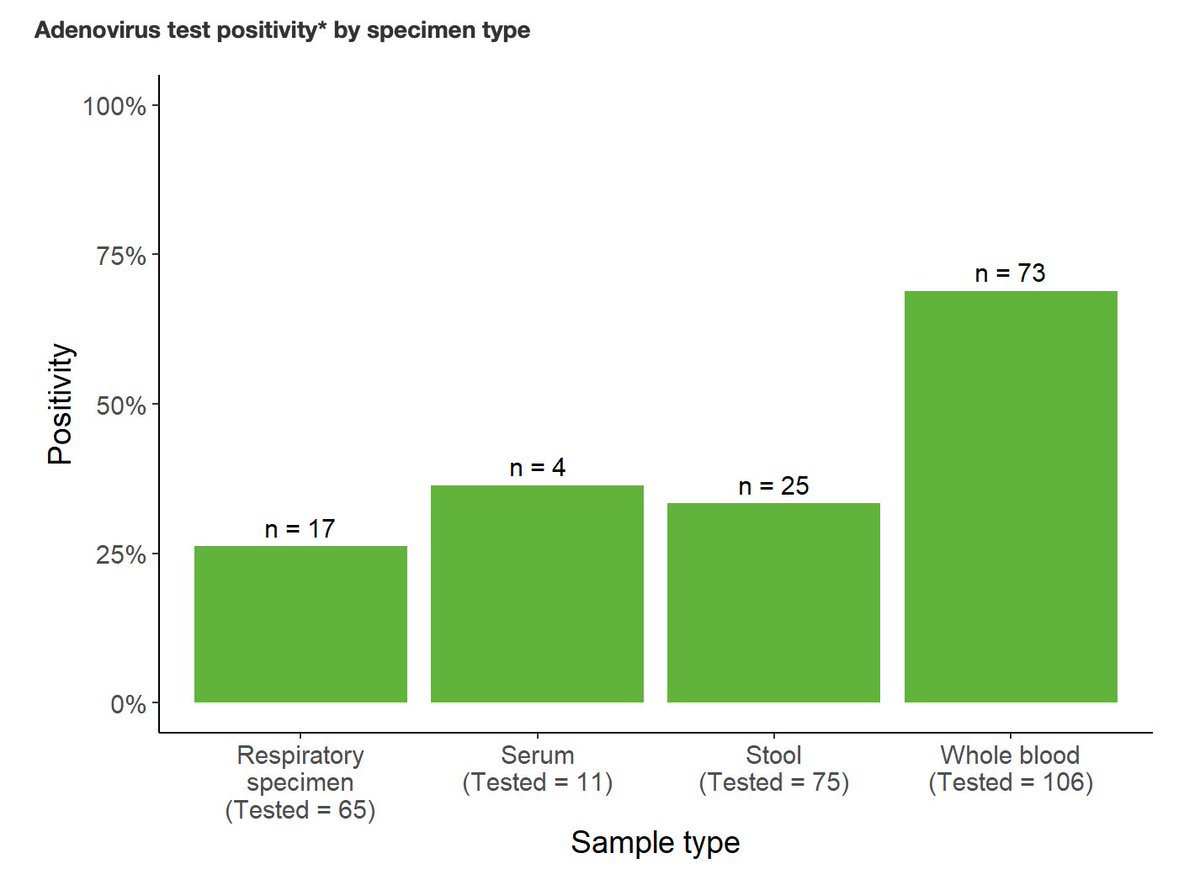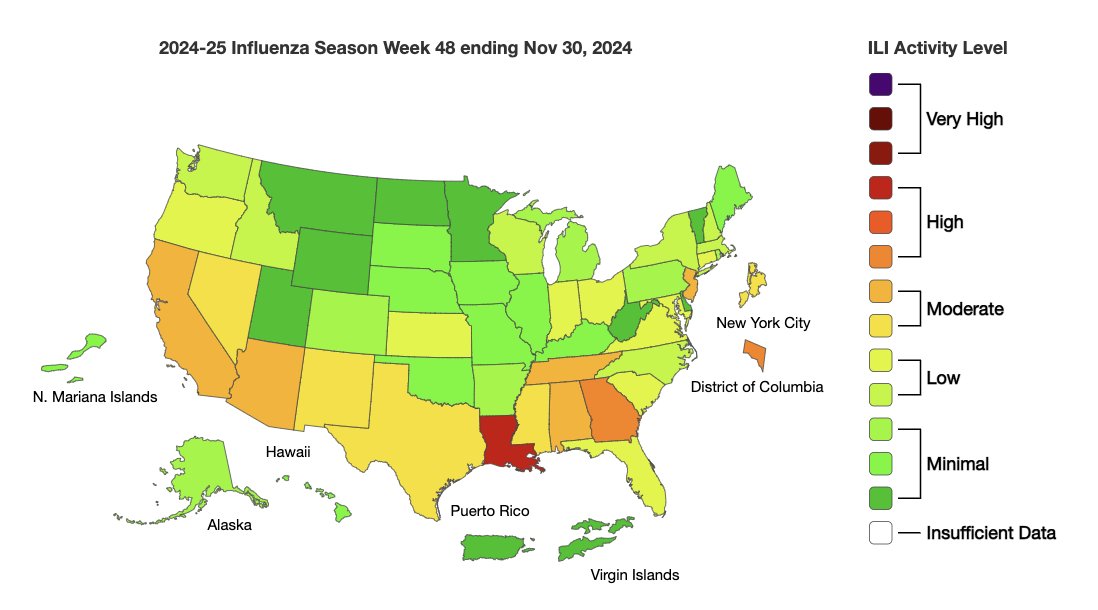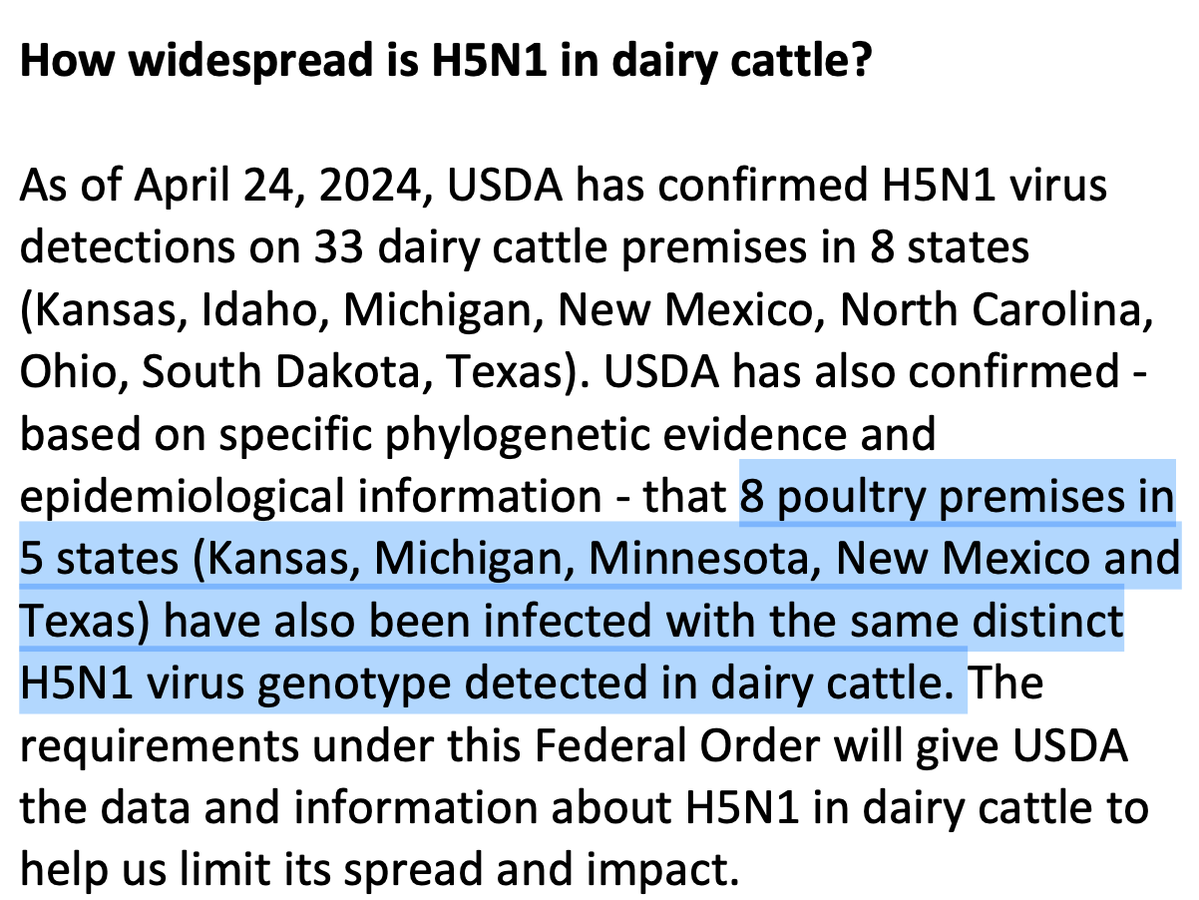1. Interesting update on #PediatricHepatitis from @ECDC_EU + @WHO_Europe. It contains the first epicurve I've seen, which is very helpful because reported cases include current & previous cases found through record searches. The 1st case here dates to Sept 2021. 

2. A large majority of the European #PediatricHepatitis cases are really young — 76% under the age of 5. 

3. The @ECDC_EU/@WHO_Europe #PediatricHepatitis update says as of May 13, a total of 232 cases have been reported. Puzzled by the UK number (131) because yesterday @UKHSA reported 176 cases.
This report reports 3 epidemiologically linked cases, which is interesting.
This report reports 3 epidemiologically linked cases, which is interesting.

4. You can see from this screen shot that information being reported by countries is quite spotty. For instance, they report that of 98 #PediatricHepatitis cases for which there is information, 6 needed liver transplants & 1 died. What of the other 134 children? 

5. Only 151 of these #PediatricHepatitis cases were tested for #adenovirus; 60% of them were positive. But a lot of the testing was done on samples that are not the best way to search for it. Best approach is whole blood. 

6. Of the 176 children with #PediatricHepatitis who were tested for SARS-2 (the cause of Covid), 11.6% tested positive. This is for active infection, not testing for prior infection.
They had Covid vaccination information for 56 of the 232 cases. 47/56 or 83.9% were unvaxed.
They had Covid vaccination information for 56 of the 232 cases. 47/56 or 83.9% were unvaxed.
7. You can find the @ECDC_EU - @WHO_Europe update on #PediatricHepatitis here: cdn.ecdc.europa.eu/novhep-surveil…
• • •
Missing some Tweet in this thread? You can try to
force a refresh



















